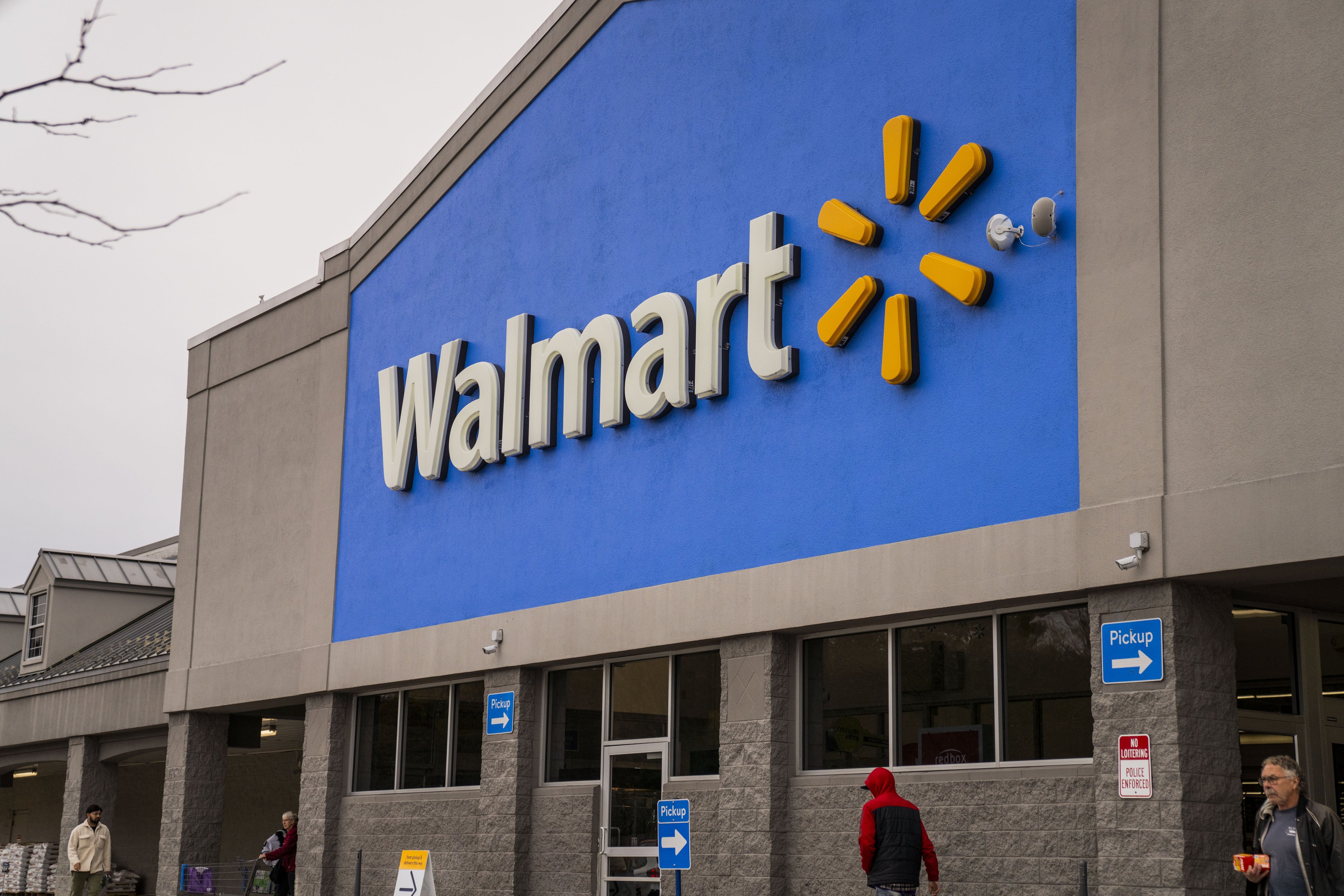Amazon (AMZN 0.20%) has changed how people shop.
The retailer has become a trusted brand that consumers can buy from whether they are at a computer, on the go, in a rival retail store, or even in the bathtub. This has made it harder for traditional stores like Wal-Mart (WMT +0.71%) and Target (TGT 1.46%) to compete. Even though both retailers have invested heavily in the last year to improve their digital offerings while leveraging the advantage of having physical stores for easier returns, both have continued to lose ground. Neither has done anything that threatens Amazon's growing strength.
That sounds like bad news for both Target and Wal-Mart heading into the holiday season, and new survey data from Reuters suggests it might even be worse.
What does the survey say?
Just over 50% of consumers in the United States plan to do most of their holiday shopping at Amazon.com, according to a Reuters/Ipsos poll of 3,165 adults conducted from Nov. 12 to 18. Only 16% named Wal-Mart, while Target came in with an abysmal 3%. About 27% of those surveyed said they planned to use another retailer not mentioned in the poll.
In a separate question answered by 3,426 people, Reuters/Ipsos showed that the number of people shopping online has become formidable. About 33% of respondents said they planned an equal mix of online and physical shopping, while 18% said they would shop primarily in stores, and 17% said they would shop primarily online. Both shopping only online and only in physical stores scored 8% of the votes, while 16% remained unsure.
Amazon should, according to these results, dominate the holiday shopping season, proving that, while Wal-Mart and Target have been investing in their digital properties, they have a long way to go.

Amazon ran Black Friday-like deals the entire week of Thanksgiving. Source: Amazon.
This continues a trend
Even though both Wal-Mart and Target posted digital sales gains in the their most recent quarters, neither met expectations. Wal-Mart posted a 10% gain in e-commerce sales in its Q3 filing, less than it had expected because "growth was pressured by challenges in key international markets," the company wrote in its earnings release. Target reported Q3 digital sales growth of 20%, but had predicted 30%, according to Reuters.
Amazon saw a net sales increase of 23% in Q3 to $25.4 billion compared with $20.6 billion in the third quarter of 2014.
Target and Wal-Mart are making strides, but they arrived late to the party and have to fight off a competitor that has a huge advantage. Neither traditional retailer can match Amazon's two-day delivery. In addition, while the two bricks-and-mortar stores have improved their websites and apps, they still lag well behind.
"The Big Kahuna that continues to grab market share is Amazon," Craig Johnson, head of retail consultancy Customer Growth Partners, told Reuters. "Both Wal-Mart and to some extent Target have simply not kept pace enough."
This is the season of Amazon
The Reuters survey suggests Amazon will be the big winner this holiday season, and that makes sense. Consumers are increasingly likely to do a decent amount of their shopping online, and Amazon is most people's destination of choice. Wal-Mart and Target deserve credit for at least being in the discussion, and that might bode well for them in future years.
Every digital registration and credit card Wal-Mart and Target capture gives them potential customers moving forward. That has been one of Amazon's main advantages, and ultimately, these three megaretailers may use that advantage to continue to marginalize everyone else.
In 2015, Amazon is going to be the sales winner, but Wal-Mart and Target may do well enough to make future years more of a battle.








